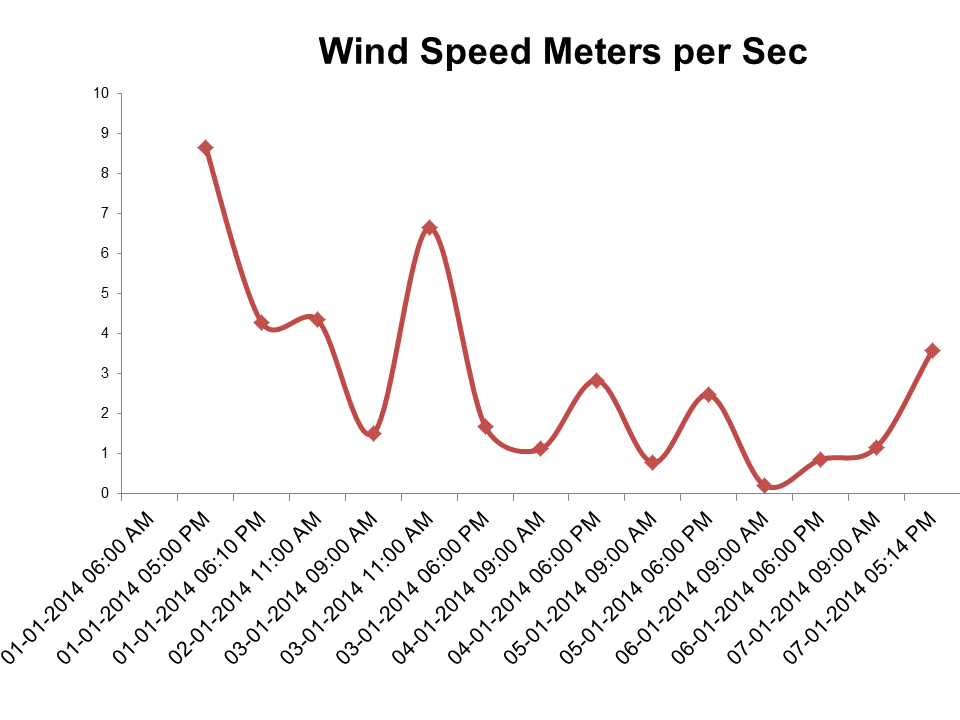I will be travelling to the Farm this week. Attending my niece marriage in my Native place and the farm is just 10 Kms away. Hopefully I can make few sorties to the farm within the 4 days of my stay. In India, travel cost is considered an unnecessary overhead. Spouse don't approve of travel for the sake of a farm visit. Spending about Rs. 15000/- or more per trip is not considered worth, especially if there is no urgent work over there. And there will be none. Things develop very slowly in villages and you cannot afford to hang around.
2) Deliver few instruction CDs to the team. Especially 'how to make organic Compost', Grafting techniques, Dry land farming, Recharging borewell with rain catchment etc are some of the titles i have chosen for first set.
For each of such occassional visits (last visit was in July, 2013) I have to pack myself with clear agenda. This time, I intend to do the following
1) Ascertain 'patta' status (proof of private ownership) of the farm which was actually a cluster of individual holdings purchased at different times. Even after few years of sale deed, still the patta change is happening very slowly. Many of them are still joint holdings. Patta transfer requires cooperation of Village officer, Thasildhar, Surveyor etc. Though the process is easy, they are not so easy to devote their time. They have long pending lists. It is important to continuously drive this. Lobbying is what is required, but from remote you cannot do that. The best method is to prepare a checklist and drive this using your helper.
2) Deliver few instruction CDs to the team. Especially 'how to make organic Compost', Grafting techniques, Dry land farming, Recharging borewell with rain catchment etc are some of the titles i have chosen for first set.
3) Demostrate mixing of Panjakavya. Also learn from them on what options are available to continuously add nuterients to the soil.
4) Decide for Wind or Solar power on the spot. Even though Solar looks attractive theoritically getting genuine vendors and resonable prices are not easy. Even if obtained, there is threat of theft and vandalism on the installation if left unprotected. Farm fence is not suffient. How to protect solar panels and electric pump in the night? Wind Pump looks better option in all ways. Rugged, long life, magestic symbol, less maintenance etc. Need to decide on the spot and location for the installation.
5) Discuss with the team on where investment and focus should be. Thinking of the past 3 years, I find that 86% of my expenditure has gone in purchasing land. Only 0.3% for plantations. The future spend should be exact opposite. Exenses should go more towards plant material, equipment, Soil and Water and so on. Land should be Nil.
Present Investment
| Land, Survey | 86.0% | |
| Gate and Fencing | 7.1% | |
| Salary | 2.5% | |
| Boring, Pump, Tank | 1.9% | |
| Equipment | 2.2% | |
| Plating, Nursary | 0.3% |
6) Finally shifting to Slow Lane. The more you hurry or become desparate, someone else will make money out of you. Therefore......
Shift to the Slow Lane
----------------------
Many entrepreneurs work hard to get increasingly more things done every day. As a result, they struggle to focus on doing one thing at time. This is becoming nearly impossible in a culture that rewards “multitasking”. When they do more than one thing at a time, they not only lose the quality of the work, but also the enjoyment. Moving at very high speeds is not only unproductive, but just plain unhealthy.
In response to “always on technology”, many entrepreneurs are now promoting a “slow down culture”. This reflects Steve Jobs’ instructions to his management team that they should focus on doing less, not more. They should do a few things exceptionally well every day.
--------------------------------------------------------------------------------------------------------
Refererences:













